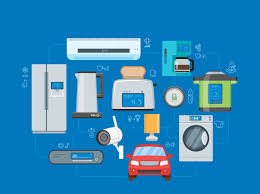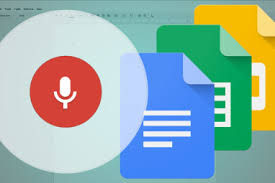
What percent of exhibitors at trade shows survive? Rant on. It’s not possible to speculate because it is not tracked. That probably is fine for that gaggle of gadgetry at CES – most acting as trial balloons to test PR-worthiness and buzz. But what about events whose trade shows are of one-off products or services intended to help older adults? Some events will not allow a small-sponsorship company to be on the show floor, literally placing them in a corner. Consider: Company B is a startup, not yet a member of a national association. The founder of Company B, CEO B has been too busy inventing a product to line up complementary offerings that could be sold as a solution to a problem. None of the bigger resellers know anything about Company B yet, so the tiny firm takes the corner booth and hopes that on breaks, walking around the floor will generate a business partner or two -- and with serendipity, enable Company B to be part of the solution ABC.
What’s wrong with the serendipitous approach? Did you ever wonder why you don’t see exhibit hall listings left online to peruse months after the last show? The booth check has been cashed. The exhibitors came, they saw the attendees and other exhibitors, then they departed, never to be heard of again. Remember Silver Mother? The company never figured out how to market a useful sensor-based home monitoring product and now the website says it is ‘out of stock.’ The Floh Club’s tech support for seniors – lasted from 2009 into 2010. WellCore – consumers will pick up their fall detectors at Best Buy – or maybe not. In all of these cases, detailed market research in advance was unlikely. The inventor had invented – that was enough. The market was not ready for smart homes in 2016, telephone tech support services for seniors depended on more complex senior tech adoption than had occurred by 2010, and fall detection was a feature of PERS offerings – not a standalone consumer sales hit. We could go on and mention more of the 90% of companies that fail, just in the senior category, but enough said.
The Internet has made pre-launch market research so much easier – why not do it? Is it ego? Our mousetrap is better? Our engineer is smarter? Oh, we were a beloved startup of Amazon’s innovation searches – so we will be acquired by Amazon. Yeah, right that can happen, but more likely, our product will be cloned and forced right out of its market by Amazon. What would be a more useful strategy in the first place, other than a good lawyer at startup time – “you’re going to demo that where?” For the one-off gadget and service world, taking the time and the effort to identify 3 or 4 previous or current similar products or services is worth the time.
Map out the full surround of the desired market. Place the proposed startup on a chart that includes innovator track record, solution or go-to-market partners, implementation successes, especially B2B, trade show presence, media articles, multi-stage investment amounts and sources, and exits if any. Making the chart is cheap. And the chart is an argument for go/no-go decisions – up front and with a supportive but objective board. Deciding not to proceed can be the best strategy of all. And if all else fails, follow any of the plethora of advice on shutting down. Do not, please, just disappear like the Cheshire Cat smile – or the Floh Club, where only the press articles and blog posts remain. RANT OFF.
ATTENTION: Are you signed up for the What’s Next Boomer Business Summit in San Francisco on March 28? Let’s connect at 11:00 on the future of Voice First Technology and Older Adults.
from Tips For Aging In Place https://www.ageinplacetech.com/blog/seniors-do-not-benefit-one-gadget-or-service-inventions
 logy utilization among older adults grew. According to Pew Research, smartphone
logy utilization among older adults grew. According to Pew Research, smartphone  What makes Voice First special for older adults? This blog has discussed the
What makes Voice First special for older adults? This blog has discussed the